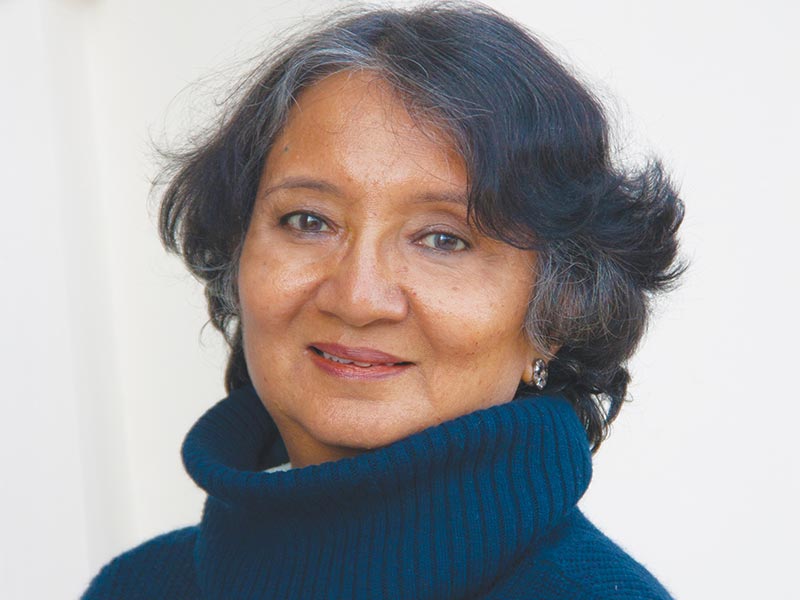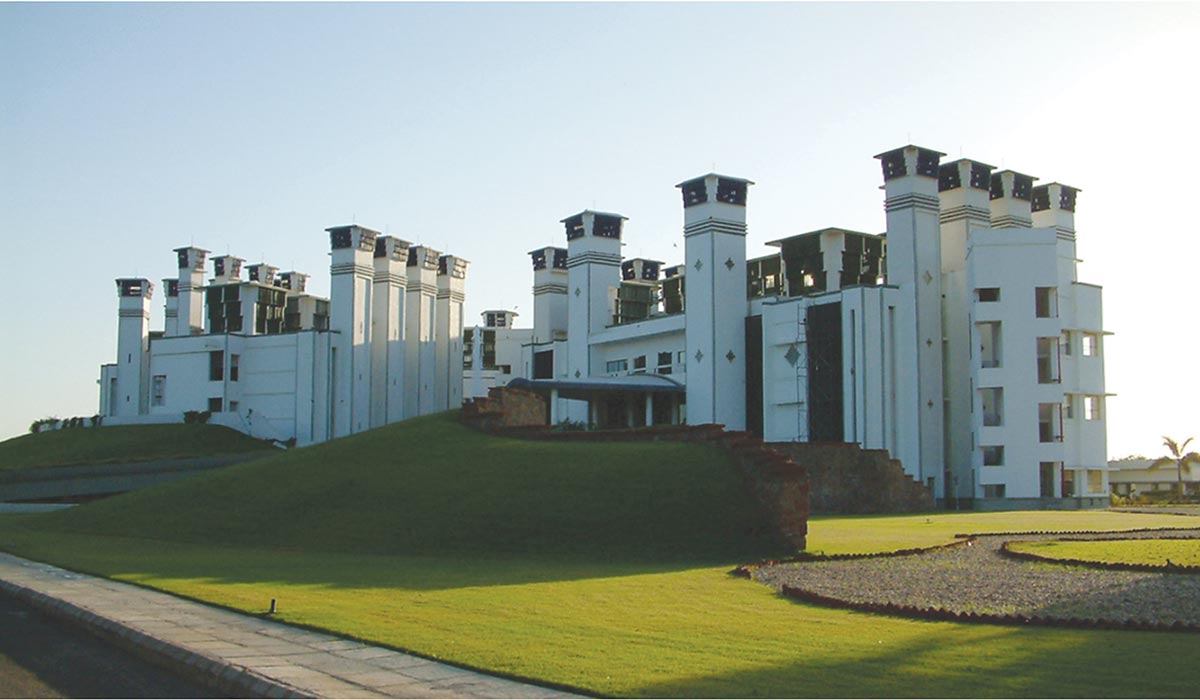
Cross sectoral frontier thinkers like scientists, environmentalists, conservationists, etc. across the globe have realized that the roots of climate change lie in the unsustainable lifestyle and development through intensive modernization, and that use of natural resources without in-depth research has led to harmful effects on the environment and health. They are now advocating that all traditional lifestyles are more sustainable and healthier and have a minimum negative effect on the environment. These realizations have led UNESCO to put forth the Sustainable Development Goals (SDGs) of 2030 Agenda for Sustainable Development, contributing to human and socio-economic development, quality education, social inclusion, sustainable cities, environmental sustainability, and more.
In spite of a strong sustainable guide in our heritage we look at architecture through a colonized funnel vision of westernization / modernization and are not acknowledging the strength of variety that lies in our traditional architecture
And how has modern architecture responded? The basis of modern architecture is in universalizing lifestyles and the built form, which tends to ignore the culture and tradition evolved over centuries, in response to the local natural elements and climate. The designers today, designing within the four walls of their office, work towards creating a style statement rather than building in response to the local conditions, environment or the language of architecture, and thereby falling into the trap of the material manufacturing industries of the developed countries that have heavily marketed their aesthetics and materials.
These materials have high embodied energy and harmful chemicals like VOC, formaldehyde, etc, which have led to irreversible damage on the environment. These materials have a short lifespan due to their planned obsolescence, and the. ever evolving trends result in continuous extraction of natural resources. The world is now waking up to the rampant universalization coming mainly from North America, UK and Europe, which has colonized our minds and thus our architecture.
Decolonizing and re-centering our focus on traditional skills, technology and local materials is the need of the hour. In doing so, we will be taking steps to mitigate climate change and the mushrooming of energy-guzzling, unsustainable buildings. Elements of tangible and intangible cultural heritage found in our cities' heritage fabric play a role in sustainable local development. There exists a link between sustainable building practices and local traditional cultural knowledge and activities like agriculture, festivals, crafts, food habits which should be explored and fostered to build a more holistic basis for our cities and sustainable use of resources. For the past 70-80 years, historic settlements in India and across the globe continue to struggle under the changing influence of socio-economic, commercial, industrial and other 'growth' oriented activities, trying to cope with incongruent modern architecture to retain its unique architectural character.
 Torrent Research Centre, Ahmedabad, using Passive Downdraft Evaporati ve Cooling (PDEC), is an att empt to fi nd contemporary technological soluti ons based on traditi onal knowledge and wisdom to minimize the use of air conditoning and arti fi cial light. The saving of 60 lakhs per year from the electricity bills have paid back the additi onal investment in less than one year and the cost of civil works in about 13 years of its operation.
Torrent Research Centre, Ahmedabad, using Passive Downdraft Evaporati ve Cooling (PDEC), is an att empt to fi nd contemporary technological soluti ons based on traditi onal knowledge and wisdom to minimize the use of air conditoning and arti fi cial light. The saving of 60 lakhs per year from the electricity bills have paid back the additi onal investment in less than one year and the cost of civil works in about 13 years of its operation.Jaipur in Rajasthan and Zutphen in Netherlands besides other cities, stand out for their unique architectural and cultural character resulting from an amalgamation of ancient and contemporary planning. Chile and Italy have already taken the initiative to embed Cultural Heritage in their different government agencies in order to retain and revive their cultural systems. Traditionally, making of a building was a collective process and responsibility, offering opportunities for creative inputs of all involved at all levels of implementation. In fact, the identities of most of the principal designers of our monuments are still unknown.
Contrary to the modern designer, the traditional designer expressed his/her creativity within the adopted local language, acknowledged the context and created different yet aesthetically pleasing and harmonious architecture, with frugal use of local resources. Craftsmen with their extensive knowledge and experience must co-lead the design, architecture, governance and experience of digital technologies to have a cross-sectored approach and decolonize the standardization impact.
Following are the broad findings of our 40 years of practice, which got strengthened at the Salzburg Global Seminar 2019, which saw more than 45 participants from 30 countries, setting the groundwork for countering threats to cultural heritage and exploring new frontiers in heritage innovation, and ways to take it forward:
- Mobilize traditional wisdom, knowledge and values of local material through dialogue, alliances and partnerships across governmental, educational, commercial, and private sector agencies.
- Develop stronger partnerships with the tech and scientific industry to research the properties and behavioral characteristics of the traditional local material and lifestyles to establish its relevance in contemporary needs.
- Harness Science, Technology and Innovation to create access to cultural heritage for documentation through student engagement and publish information in sectors other than cultural heritage periodicals.
- Cross-sectoral quality education at all levels should nurture appreciation for diversity of local materials, traditional lifestyles and provide youth with more locally relevant curricula, textbooks and teaching methods.
- Intangible cultural heritage, such as a living heritage, can be a major source of innovation for development.
- Decolonizing or resisting romantic notions of colonial impositions in terms of material and technology which are incongruent to the present context and need of the users.
- Localizing SDG (Sustainable Development Goals) with respect to traditional skills and material to become part of planning policies promoting architectural heritage in all its dimensions.
- Build a resource bank of the craftsmen's skills which can be made available to potential users, contemporarily trained professionals and people at large, through use of digital media for re-imagining sustainable buildings and settlements of the future.















